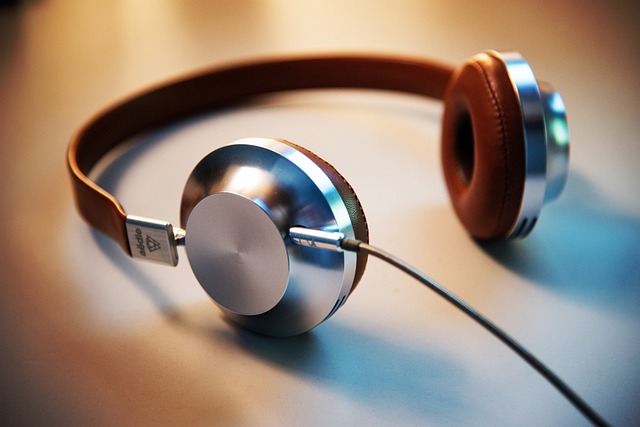Whether you’re setting up a sound system to enjoy the latest music, movies and games at home or you’re installing audio equipment for professional reasons, you’ll quickly find that the quality of the equipment you use matters. Audio equipment has changed a lot over the years, with technology providing a greater range of better quality and introducing new features and innovations to create improved systems.

Better quality speakers have a greater range of frequencies and the sound quality is definitely noticeable. If you’re trying to get the best possible sound, using the right audio cable is also important. In this article, we’ll take a look at the different types of audio cables and how to use them.
What are Audio Cables and How Do They Work?
Audio cables are simply cables which are designed to carry analog signals from a source such as a microphone or amplifier to a speaker. The source of the sound converts it into an electrical signal which then travels through the cable. Much like electrical cables, audio cables are designed from a conductive material such as copper, allowing them to transmit the electrical signal quickly.
The most common type of audio cable is the RCA cable, which features red, white and sometimes black connectors attached to a single cable. The use of two connectors at each end allows them to transmit a left and right signal, making them ideal for creating a stereo sound experience, This is where the sound signals are directional, ensuring a high quality sound.
Other audio cable types include speaker cables which transmit sound signals and power and optical digital cables. Optical cables transmit light rather than electricity, allowing for more data to be transmitted at the same speed, increasing the potential quality of the audio output.
Audio cable quality often depends on the gauge or thickness of the wire, as well as the material used for the cabling and the connectors. Cable gauge is measured between 12 and 18, and the longer the cable you use, the higher the gauge should be to prevent loss of signal. Gold plated connectors are generally better to prevent issues due to corrosion.
You can also choose between shielded and unshielded cables, with shielded cables offering more protection against interference from electromagnetic radiation which may create signal noise. In most cases, shielded cables are the best options.
Wireless Audio Setups
While audio cables have been a necessary part of any audio setup for many years, there’s recently been a growing shift towards using completely or at least partially wireless audio setups. Bluetooth technology allows audio players and speakers to connect without the need for cables. This is ideal for portable speakers and keeping areas free from unsightly cables. However, does using wireless connections result in a loss of quality?
A lot of speakers and headphones on the market are now completely wireless, reducing the need for cables and wires. While these connections are easier to set up, they do come with some downsides. Generally speaking, Bluetooth isn’t capable of transmitting as much data as a standard wired connection, which means it’s technically inferior.
However, it’s worth pointing out that signals are compressed when sending through Bluetooth. The frequencies within the sound signal that are unnecessary, such as those which the human ear can’t hear, are cut out. This means that even though Bluetooth technically transmits less data, it can still play music wirelessly without a loss of quality.
The main factor in whether cable connections of wireless connections sound better is in the quality of the file you use. In most cases, you won’t be able to tell the difference between the quality of the two.

